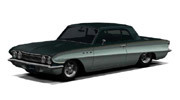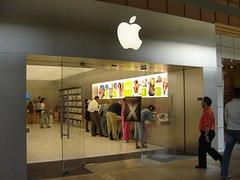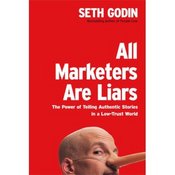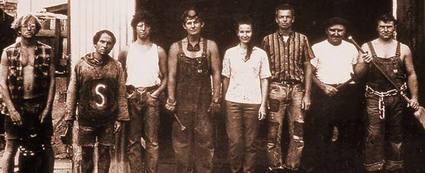First things first: this is not a post about cars. This is a post about good marketing.
Do you know this car? Not the make of car — it started life as a vanilla 1962 Buick — but this car, which its owner/builder calls "Bu’wicked"?
Chances are you don’t, unless you own a PlayStation 2 and are an avid player of Gran Turismo 4. But there are millions of video gamer ten-year-old kids who positively worship this car, even though it’s a Buick. Why? Because it’s fast fast fast fast, and stomps Jaguars and Corvettes and Porsches around the world’s (virtual) racetracks like nobody’s business.
But how, you may ask, does a crazy old Buick hot rod wind up parading around a 21st century video game? Chalk it up to a clever promotional strategy on the part of the producers of GT4, who awarded its builders, Ted and Sue Richardson, the honor of having their car digitized and placed in the game after it was awarded Best in Show at SEMA last year. In the game, the car ends up looking like this:

Gran Turismo introduces cars and brands to kids and young adults who don’t own cars. In many ways it’s the ultimate marketing sampler machine — play hard for a while and you’ll have the (virtual) money to buy and drive any car on the planet. It made the Subaru WRX and the Mitsubishi Evo into total cult cars in the US even though they weren’t yet sold in this country. So when those cars were finally introduced here a few years later, they sold like hotcakes. I’d wager very few marketers think of video games as part of their promotional mix, but the smart ones are already out there using them to tell authentic stories about their products.
Is some clever Buick brand manager ultimately behind the GT4 Bu’wicked? I doubt it, but if I were a marketer trying to put some luster back into that brand, I know what I’d be doing, and it has nothing to do with big, expensive magazine ads.




